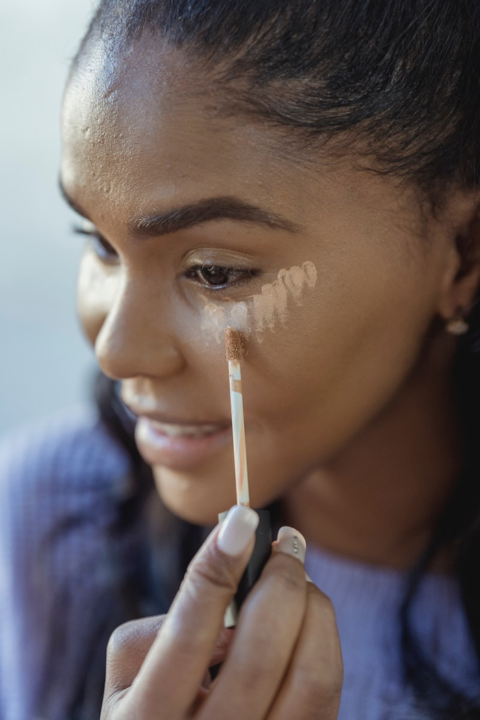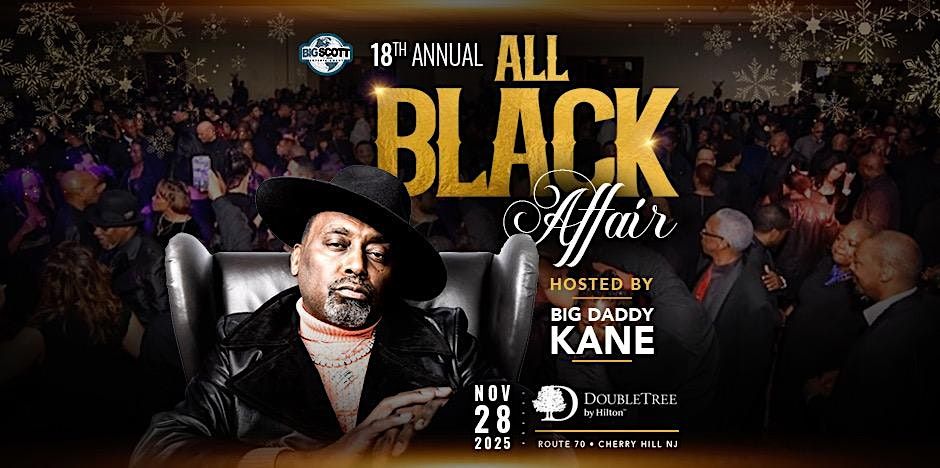Photo by RDNE Stock project
Growing up Lydia John didn’t consider herself to be “different,” but when she was old enough to experiment with makeup, finding one that matched her skin tone was like looking for a needle in a haystack. How could it be that she couldn’t find a variety of options to pick from? It seemed like the beauty industry had failed her.
So, what does it look like to be failed by the beauty industry?
It looks like going to the shop to find a really good foundation that matches your skin tone and seeing no shades darker than beige. So, you make do with the brownest option available because none of the other shades are a match.
It looks like brands have foundations in fair, medium, tan, and dark. Like all Black women should fall in the dark category right?
It’s having to mix different products to achieve the right shade.
One of the issues still affecting the beauty industry is its failure to cater adequately to diverse beauty needs. People of color have struggled for years to find beauty products that work for them. They have been excluded from the beauty space by the lack of shades that match their unique skin tones. In Western cultures, the standard of beauty is whiteness. As a result, brands favor those with lighter skin. They even market beauty products that allow Blacks to conform to the “White Beauty” standards. These experiences highlight the beauty industry’s long history of exclusion, marginalization, and under-representation.
According to a report, women of color spent nine times more on beauty products and services than their lighter-skinned counterparts. The report, conducted by Nielsen, found that Black consumers spent $1.2 trillion in the United States in 2020, with $473 million spent on beauty products alone. Yet, their beauty needs and demands are being neglected by brands.
The importance of inclusivity in the beauty industry
The importance of inclusivity in the beauty industry cannot be overstated. It isn’t only about how many foundation shades a brand has. What about the lipstick shades, bronzer shades, blushes, etc?
Inclusive beauty starts by offering a wide range of products that work for different skin tones, hair textures, or specific beauty requirements. This ensures that people from all backgrounds have access to beauty products and services that meet their unique needs. When people have access to beauty products that work for them, they are more confident in their appearance.
Inclusivity challenges harmful stereotypes, biases, and discrimination based on appearance as it acknowledges that there is no one-size-fits-all definition of beauty.
The beauty sector has, however, recognized the importance of catering to the needs of Black consumers, and is slowly starting to cater to melanin-rich skin tones. It took Rihanna launching Fenty Beauty with 40 foundation shades and inclusive branding for some top beauty brands to sit up. Though some brands are still crawling to catch up.

Brands leading the way in inclusivity
Several brands are already leading the way in inclusivity, recognizing the importance of catering to diverse skin tones and offering a diverse range of beauty products that cater to different needs. Here are some makeup brands leading the way:
Fenty Beauty: Rihanna’s brand made waves when it launched in 2017 and immediately blew up the market. The brand launched a wide range of foundation shades, including options for very deep skin tones. Fenty also made its products widely accessible. The brand has consistently emphasized diversity and inclusivity in its product offerings and marketing.
MAC Cosmetics: MAC makes finding a color match easy for anyone with 53 shades in its best-selling Studio Fix Powder Plus powder foundation and 63 shades in its Studio Fix Fluid liquid foundation. The brand has been a longtime advocate for inclusivity in the beauty industry, offering a vast array of shades and collaborating with diverse influencers and artists.
Black Opal Beauty: This brand offers a wide selection of foundation shades and products tailored to diverse skin tones. They specialize in makeup and skincare products for people of color.
Lancôme: The brand’s Teint Idole Ultra HD foundation is jam-packed with 50 shades. The company pushes inclusivity a step further with the Le Teint Particulier, a custom-made foundation, made especially for you based on your personal shade, coverage preference, and your type of skin. Actress Zendaya is one of its latest brand ambassadors, joining the likes of Lupita Nyong’o, Julia Roberts, and Isabella Rossellini. Tackling the topic of inclusivity in more ways than one, early in January 2023, Lancôme announced its AI-powered motion stability device, which helps people with disabilities apply makeup.
CoverGirl: In 2018, the company launched its Full Spectrum Collection, specifically developed for women of color. They offer a complementary range of concealers, contour palettes, lipstick, and 20 shades of the Matte Ambition All Day Foundation. Leading the way in inclusivity, the line has diverse ambassadors that transcend race, age, and religion, including Black actress Issa Rae, and its first hijab-wearing model Nura Afia.
Morphe: Launched in 2008, Morphe addresses gender inclusivity and not just skin tone. The brand offers 60 shades of foundation and specializes in eyeshadow palettes and brushes that anyone can use to unleash their inner makeup artist.
Maybelline: Not so long ago, finding the perfect color match came at a premium, but today, Maybelline is meeting its customers at the intersection of inclusivity and affordability. The brand is working to become a leader in affordable, inclusive beauty. Its Fit Me foundation line comes in 40 shades, and the best part is – it’s available for less than $10.
Bridging the diversity gap in the beauty industry
In a world brimming with diverse people with different skin tones and beauty needs, inclusivity is a neessity and requires proactive steps. How can brands bridge the diversity and inclusivity gap in the beauty industry?
Catering to the needs of all consumers: Brands need to take proactive steps in addressing the beauty needs of people of color, from their unique hair to their melanin-rich skin. This can be achieved by offering a range of products, especially foundations and concealers, that cater to all skin tones. Having darker shades isn’t the only issue, there should be shades that are light enough to fit people who have skin conditions like albinism and others. Diverse models and testers should be used during product development to accurately represent different shades.
Representation: Inclusivity involves featuring a variety of models and influencers, representing different races, genders, ages, and identities. This representation will give consumers a sense of belonging.
Affordable options: Inclusivity is not just about offering a spectrum of shades to match various skin tones, how about the cost? Beauty brands should consider adding affordable products that can cater to individuals with different budgets.
Accessibility: Brands should also consider those with disabilities as they strive to bridge the inclusivity gap. Ensure that products are accessible to people with disabilities. This includes designing products with universal usability in mind.
While the beauty industry has done a lot to bridge the diversity and inclusivity gap over the years, there is still a long road ahead. Everyone, from producers to consumers, has a role to play in making the world of beauty a more inclusive space.





